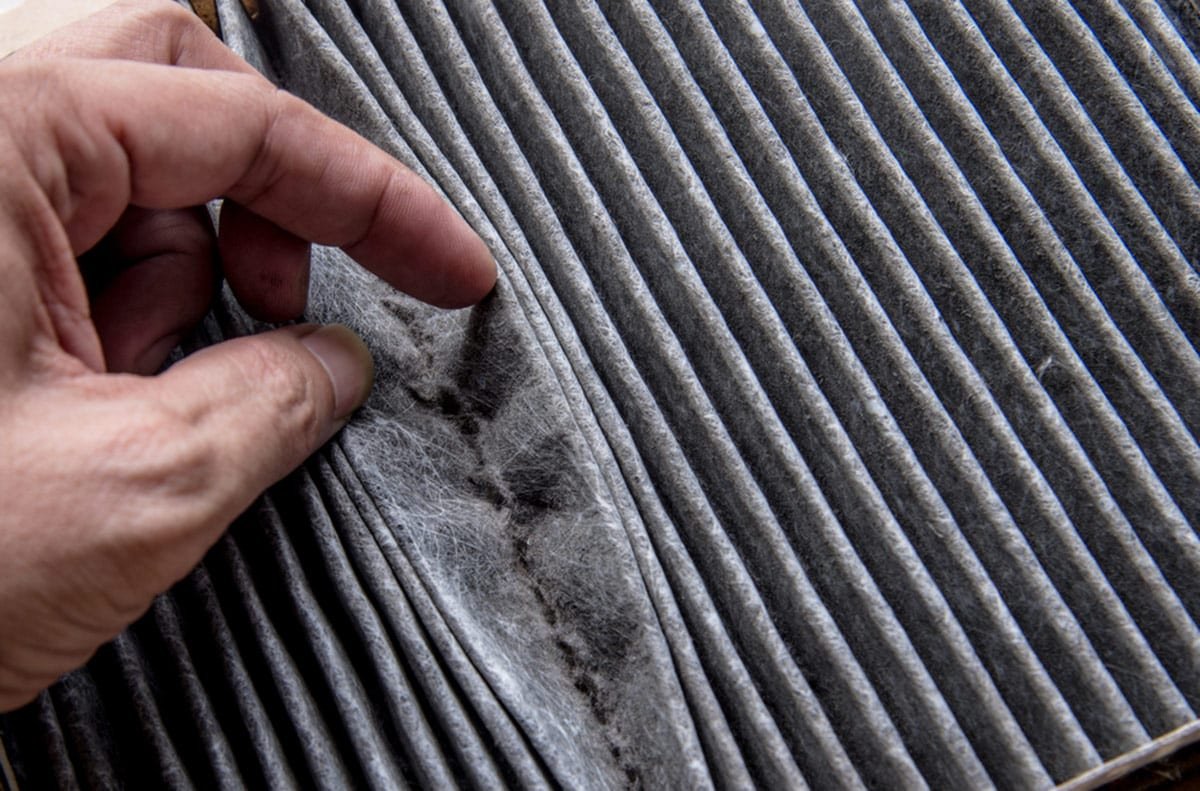Too much humidity in your home can be uncomfortable and lead to health problems. Like most people, you probably don’t think about humidity until it becomes a problem. And by then, it’s often too late. High humidity can cause all sorts of issues, such as mould growth, respiratory problems, and even structural damage to your home. This blog post will discuss how to reduce indoor humidity and keep your home healthy and comfortable!
Use Your Air Conditioner
One of the best ways to reduce indoor humidity is to use your air conditioner. Air conditioners remove moisture from the air as they cool it, so using yours can help to keep your home’s humidity levels in check. Just be sure to maintain your AC unit properly and change the filter regularly.
Dehumidifiers
Another great way to reduce indoor humidity is to use a dehumidifier. Dehumidifiers work by removing moisture from the air and can be very effective at reducing indoor humidity levels. Just be sure to empty the dehumidifier’s water reservoir regularly, as it can become full quickly in high-humidity conditions.
Ventilation
Ventilation is another key way to reduce indoor humidity. By opening windows and doors, you allow fresh air to circulate through your home and help to remove stale, humid air. Just be sure to ventilate properly to avoid introducing excessive amounts of outside moisture into your home. Too much ventilation can lead to drafts and other problems.
Take Cooler Showers
Another way to reduce indoor humidity is to take cooler showers. Hot showers can cause the moisture in the air to condense and form water droplets, which can contribute to high humidity levels. Taking cooler showers will help to minimize this effect.
Repair Leaking Pipes
Leaking pipes can also contribute to high indoor humidity levels. If you have a leaky pipe, it’s essential to get it fixed as soon as possible to avoid excess moisture in your home.
Keep Surfaces Dry
Finally, it’s important to keep surfaces dry to reduce indoor humidity. Wet surfaces can contribute to the formation of mould and mildew, so it’s important to wipe them down and allow them to air dry whenever they become wet.
After use, clean the bathroom and kitchen surfaces to prevent the buildup of evaporating water in the air. Towels and floor mats should also be washed and dried after being wet to prevent them from contributing to interior humidity.
Dry Laundry Outside
Hanging your laundry outside to dry is a great way to reduce indoor humidity. The sun and fresh air will help to remove moisture from your clothes, and you won’t have to worry about your laundry adding moisture to the air inside your home.
Reduce Steam
Reducing steam in your home can also help to reduce indoor humidity. When cooking or showering, use the exhaust fan to remove excess moisture from the air. If you have a humidifier, ensure it is properly maintained and cleaned regularly.
Proper Maintenance
Proper maintenance is essential for reducing indoor humidity. Regularly clean and dust your home, as dust buildup can contribute to indoor humidity levels. In addition, be sure to repair any leaks promptly, as water damage can lead to increased indoor humidity.
Conclusion
Following the tips above, you can reduce indoor humidity and keep your home healthy and comfortable. Just be sure to take action as soon as you notice any signs of excess moisture in your home, as high humidity can lead to serious problems.
If you have any questions or concerns about reducing indoor humidity, please don’t hesitate to contact a professional. A qualified contractor will be able to assess your situation and help you find the best solution for your home.









